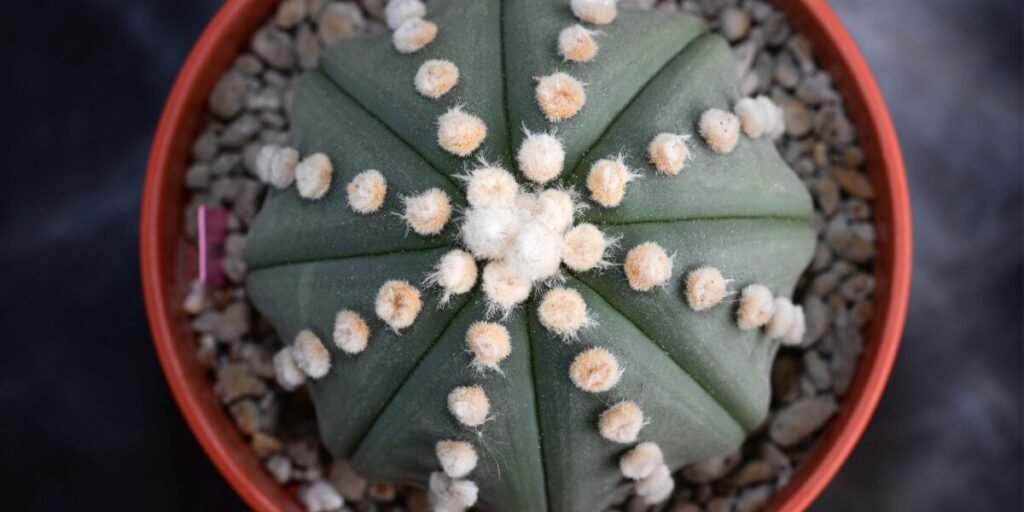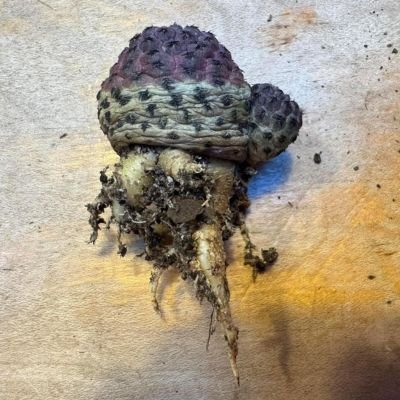If your cactus is rotting then this can be caused by bacteria or through fungal infection disease. The most known bacteria is Erwinia carotovora which makes soft rot in your cacti and on different plants. The root rot in cactus caused by Erwinia carotovora (bacteria) can appear like slime or watery in texture. It can spread in your cacti rapidly through the plant tissues.
Fungal infection is also the major cause of root rot in cactus. Fungal infections can happen because of poor air circulation or through overwatering of the plants. The most known viruses that cause rotting in cacti are Fusarium, Pythium, Phytophthora, Rhizoctonia, and Anthracnose. These viruses can be directly transmitted to the roots, stem, and leaves of the cacti and make it soft which results in decay or rot of the cacti.

Types Of Root Rotting And How To Save The Cactus
Root Rot: Identifying The Signs And The Solutions

Root rot in cactus can give you symptoms like:
- Softness and mushiness in the cactus body.
- Your caucus can turn yellow.
- Wilting of the cactus
- Discoloration can happen to the cactus.
- Lack of new growth in the cactus.
- The cactus begins to bend from its stem.
Solution Of Root Rot
Remove and Inspect
The first step is to carefully remove the cactus from the soil and use some sharp tools to cut or remove the rotten area or dead roots of the cactus.
Allow to Dry
Next, just leave your plant to dry for some days until the cut area has been recovered.
Repot and Provide Optimal Conditions
The last step is to repot the cactus in a properly draining soil mix. Always try to put the cactus in a proper area where it can get good air circulation and try to avoid overwatering of the cactus.
Stem Rot: Complete Guide From Top to Down

Stem rot in cactus can happen due to several issues:
- By providing excess water to your cactus.
- Poor air circulation around your cactus.
- Your cactus isn’t receiving enough nutrients.
- If there is any physical harm to the cactus.
If your cactus is rotting from top to bottom then it is a sign of severe issues of the plant therefore you should need to fix it as soon as possible.
Treatment and Prevention of Stem Rot in Cacti
Remove Affected Tissue
First, try to identify the affected area and slowly remove or cut that particular area by using a sharp knife or scissors. Try to remove all the damaged tissues and dead tissues. The black or brown area of the cactus is dead tissue.
Dry and Treat with Fungicide/Bactericide
Next, dry out your plant and with the help of fungicide and bactericide treat it.
Improve Environmental Conditions
Generally, fungi grow in the area where the plant doesn’t get proper light or air circulation. Try to put your cacti in a proper place where it can get bright sunlight and good air circulation.
By following these steps, you can effectively treat and prevent stem rot in your cacti. Remember to monitor your plants regularly and take prompt action if you suspect any signs of stem rot.
Discover The symptoms of Bottom Rot in Cactus

Late symptoms of bottom rot in cactus are:
- Your cactus can suddenly die.
- Stem softening can happen to your cactus.
- Your cactus can start leaf drop
- Your cactus grows very slowly
If your cacti were rotting in the bottom or on crown roots then it can be a sign of a minor issue. First, fungicides and bactericides should be used to treat it. Try to reduce the watering and place your cacti in a dry place with good air circulation.
Treating Bottom Rot in Cacti: A Solution
Preparing the Cuttings
Try to separate the rotten area from the healthy area of the cacti by using sharp tools like scissors or knives.
Drying and Planting the Cuttings
Then, place the callused end of the cuttings in a warm, bright, airy position away from harsh direct sunlight, and plant them in a well-draining cactus soil mix or a mixture of sand and perlite
Caring for the New Plant
Take care of the cactus properly. It helps to grow the roots from the cut area, and then it turns into a new plant.
Conclusion:
It is crucial to keep the soil well-drained and to refrain from overwatering cactus to prevent root rot in cactus. You can go with a sand, perlite, and peat moss-based well-draining soil mixture. Additionally, it’s critical to keep an eye out for any symptoms of stress or injury to the plant, such as wilting, yellowing, or brown spots on the leaves.
FAQs
How can cacti with root rot be treated?
Your cactus won’t live if they’re mushy and discolored. Cut out any mushy roots if the cactus is still mainly solid and healthy-looking, and then let it dry out in the open for a few days. Next, put it back in a container with a drainage hole and a new, appropriate cactus planting medium.
Which remedy works the best for root rot?
Causes, Signs, Prevention, and Management of Root Rot. Sometimes, by cutting off the contaminated roots at an early stage, trees with moderate damage can be rescued. Make sure to always clean any tools you use before reusing them. The only strategy to prevent a severely sick tree from infecting other, healthier trees is to remove it completely.
Does root rot result from over-watering?
Hidden by dirt, root rot begins in the root zone of your plant and progresses without your knowledge. Although overwatering and root rot are related, water isn’t the real cause of this illness. The fungus that thrives on your overwatering has that designation.





